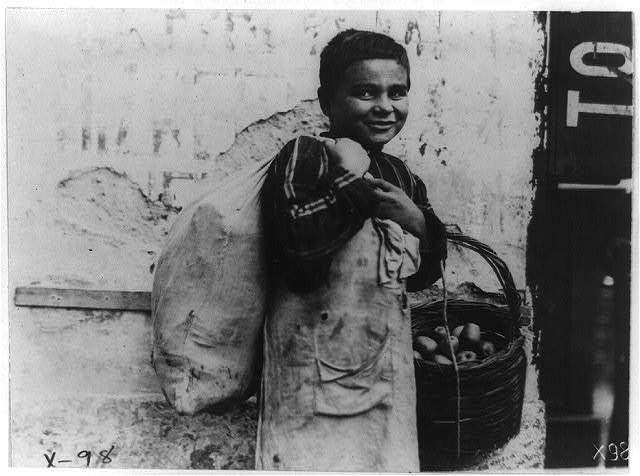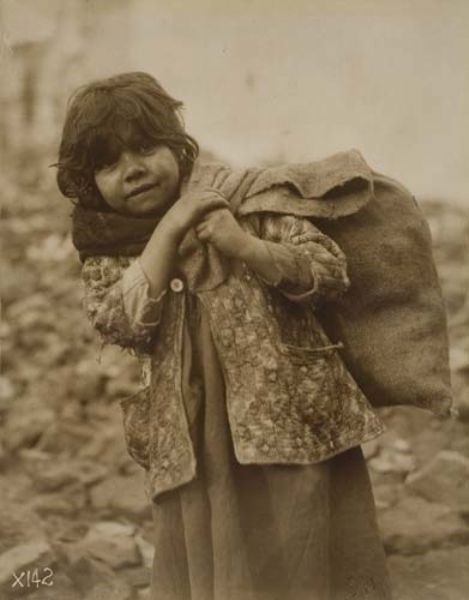Probably one of the best American photographers of the early 20th century, Lewis Wickes Hine was more of a sociologist who used his camera as a tool for social reforms. His photographs of the construction of Empire State Building in the 1930 as well as his photographs of the immigrants arriving at the Ellis Island are one of the most famous works of the American photographic art.
He was born in Oshkosh, Wisconsin in 1874. Hine studied sociology at the University of Chicago, Columbia University and New York University. He became a teacher in New York City at the Ethical Culture School, where he encouraged his students to use photography as an educational medium. The classes traveled to Ellis Island in New York Harbor, photographing the thousands of immigrants who arrived each day. Between 1904 and 1909, Hine took over 200 plates (photographs), and eventually came to the realization that his vocation was photojournalism.
In 1907, he became the photographer for the National Child Labor Committee (NCLC). Over the next decade, Hine documented child labor in American industry to aid the NCLC’s lobbying efforts to end the practice. Between 1906 and 1908, he was a freelance photographer for The Survey, a leading social reform magazine. In 1908, Hine photographed life in the steel-making districts and people of Pittsburgh, Pennsylvania for the influential sociological study called The Pittsburgh Survey. During and after World War I, he documented American Red Cross relief work in Europe. In the 1920s and early 1930s, Hine made a series of “work portraits,” which emphasized the human contribution to modern industry. In 1930, Hine was hired to document the construction of The Empire State Building. Hine photographed the workers in precarious positions while they secured the iron and steel framework of the structure, taking many of the same risks the workers endured. In order to obtain the best vantage points, Hine was swung out in a specially designed basket 1,000 feet above Fifth Avenue.
During the Great Depression, he again worked for the Red Cross, photographing drought relief in the American South, and for the Tennessee Valley Authority (TVA), documenting life in the mountains of eastern Tennessee. He also served as chief photographer for the Works Progress Administration’s (WPA) National Research Project, which studied changes in industry and their effect on employment.
The Library of Congress holds more than 5,000 Hine photographs. George Eastman House holds nearly 10 000 photographs and almost 5,000 NCLC photographs at the Albin O. Kuhn Library & Gallery of the University of Maryland, Baltimore.
In 1936, Hine was selected as the photographer for the National Research Project of the Works Projects Administration, but his work there was never completed.
The last years of his life were filled with professional struggles due to loss of government and corporate patronage. Nobody was interested in his work, past or present, and Lewis Hine was consigned to the same level of poverty as he had earlier recorded in his pictures. He died at age 66 on November 3, 1940 at Dobbs Ferry Hospital in Dobbs Ferry, New York, after an operation
Lewis Hine visited Macedonia in 1918 as a part of his work for the American Red Cross. He made a series of photographs in Thessaloniki, mainly photographing the relief effort of the Red Cross or the social scenes of poverty of the local population.

